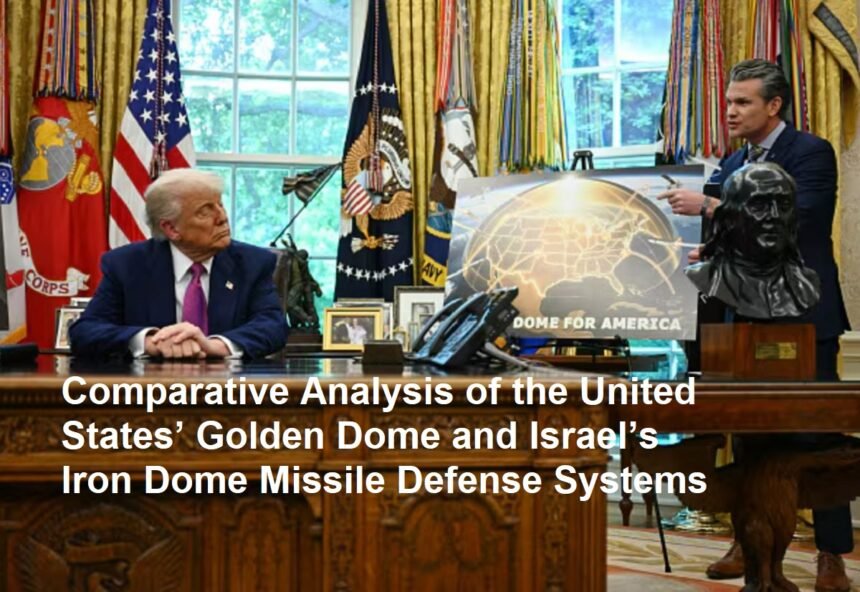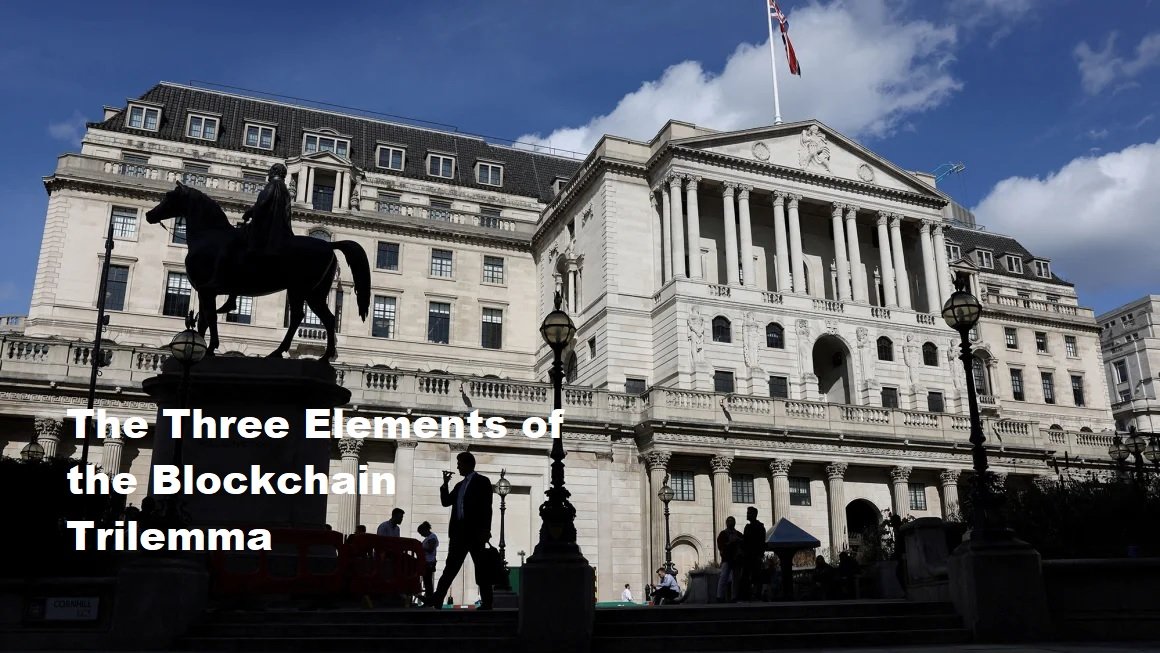Missile defense systems have become critical components in modern military strategies, particularly for nations facing persistent threats from missile attacks. Two notable systems— the United States’ Golden Dome and Israel’s Iron Dome— demonstrate advanced technological responses designed to intercept and neutralize incoming projectiles. Despite their shared fundamental purpose of missile interception, these systems differ significantly in design, deployment, operational scope, and strategic intent. This essay elaborates on the key differences between the Golden Dome system owned by the United States and the Iron Dome system operated by Israel, highlighting their respective capabilities, technological frameworks, and operational contexts.
First and foremost, the Iron Dome system, developed by Israel, is recognized globally for its operational success and real-time response to short-range rocket threats. Deployed since 2011, the Iron Dome was specifically created to protect Israeli civilian populations and critical infrastructure from rockets and artillery shells emanating primarily from Gaza and neighboring regions. The system is unique in its ability to analyze incoming threats’ trajectory and determine whether the projectile poses a risk to populated areas. If the threat is assessed to be significant, the system launches an interceptor missile to neutralize the projectile mid-air. This selective engagement process maximizes resource efficiency, minimizing unnecessary interceptions and reducing operational costs.
In contrast, the Golden Dome system is a more recent American development, reportedly designed to enhance protection against a broader range of aerial threats, including ballistic missiles and possibly hypersonic weapons. While information about the Golden Dome remains less publicly detailed compared to Iron Dome due to its sensitive nature and classified components, reports indicate that it incorporates advanced radar tracking, multi-layered interception capabilities, and integration with other U.S. missile defense frameworks. The Golden Dome is presumably engineered to operate in a wider threat environment, including the possibility of state-sponsored missile strikes with higher velocity and complexity than those typically encountered by Israel.
Technologically, the Iron Dome’s core advantage lies in its cost-effective interceptor missiles and its radar system, which provides real-time data to command-and-control units to make split-second decisions. The interceptor missiles of Iron Dome are relatively small and inexpensive compared to traditional missile defense interceptors, enabling larger quantities to be used during sustained conflicts. The system’s mobility, with transportable launchers, allows for flexible deployment across diverse geographic locations within Israel, adapting to shifts in threat vectors.
Meanwhile, the Golden Dome’s technology is believed to incorporate more advanced radar and sensor fusion technologies, potentially augmented by artificial intelligence for faster target recognition and decision-making processes. Unlike the Iron Dome’s primary focus on short-range threats, the Golden Dome may be part of an integrated layered defense system designed to counter medium to long-range ballistic threats, as well as emerging hypersonic missile challenges. Its interceptors are expected to be larger, more sophisticated, and capable of higher engagement altitudes and speeds. Additionally, the Golden Dome is likely designed to be interoperable with other U.S. missile defense systems such as THAAD (Terminal High Altitude Area Defense) and Aegis ballistic missile defense, creating a comprehensive national defense shield.
From an operational perspective, the Iron Dome system is primarily defensive and localized, focused on protecting relatively small national territories under immediate threat. In contrast, the Golden Dome represents a strategic system integrated into a broader national and international missile defense strategy, reflecting the United States’ global military commitments and wider threat spectrum.
In summary, while both the Golden Dome and Iron Dome systems share the fundamental objective of intercepting and neutralizing aerial threats to safeguard populations and critical assets, they differ in their design philosophy, technological sophistication, operational scope, and strategic deployment. The Iron Dome excels in cost-effective, real-time defense against short-range rockets in a highly volatile regional context, demonstrating unparalleled success in civilian protection in Israel. The United States’ Golden Dome, on the other hand, appears to be a more advanced, multi-layered missile defense system engineered to address diverse, sophisticated threats on a national and global scale. Understanding these differences is essential for appreciating how missile defense technologies evolve to meet the unique security requirements of different nations in an increasingly complex global security environment.









